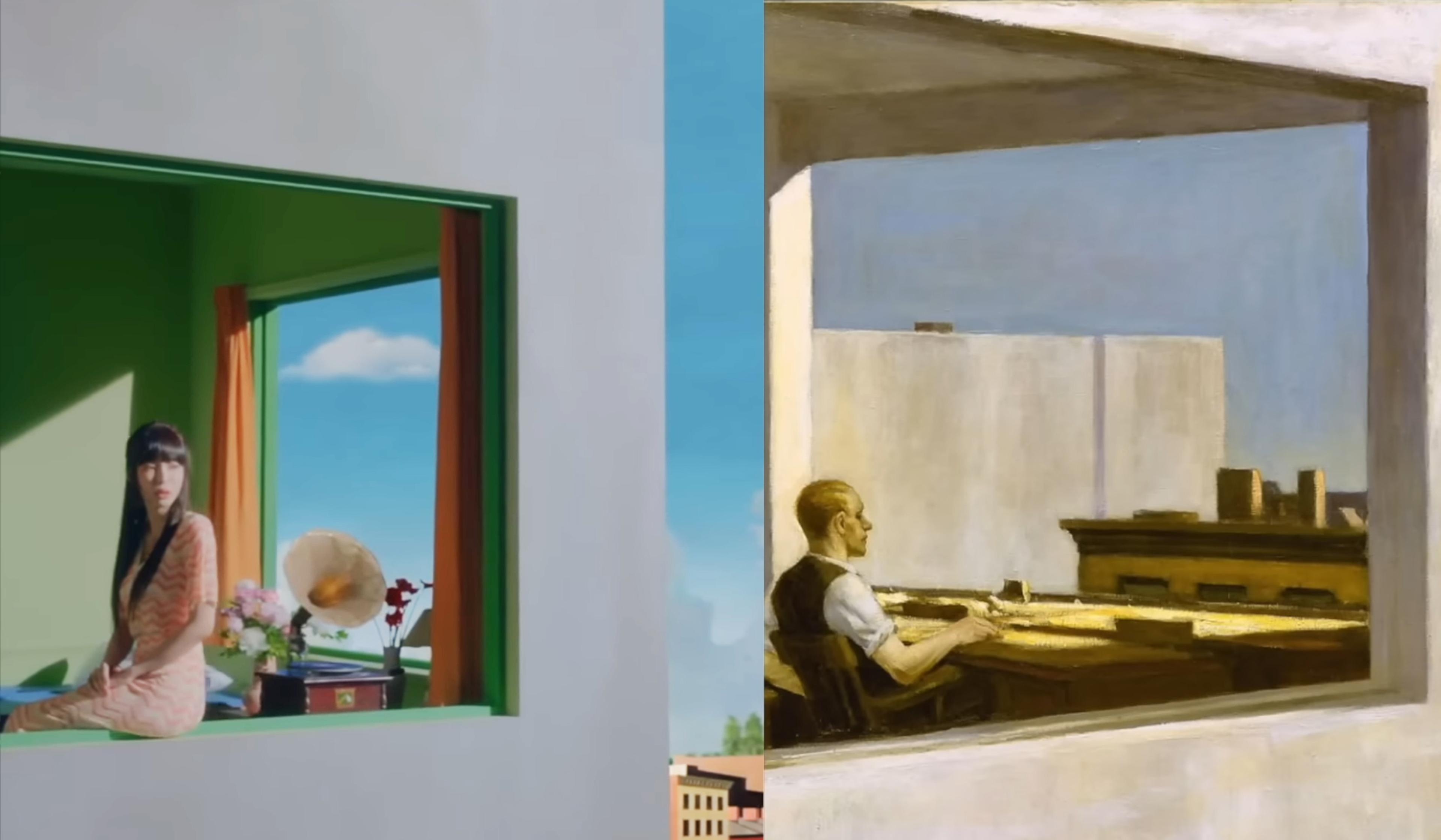The oil painting Militia Company of District II Under the Command of Captain Frans Banninck Cocq (1642), better-known as The Night Watch, is probably Rembrandt’s most famous work. Its status and critical acclaim, though, have little to do with its subject matter: a civic-guard group tasked with keeping watch on the city walls. In 17th-century Amsterdam, it was highly common for these guilds – mostly well-off men who rarely saw anything resembling conflict – to commission portraits of themselves wearing their uniforms and holding weapons. So why has The Night Watch endured while so many similar portraits have drifted into obscurity? In this video essay, Evan Puschak (also known as the Nerdwriter) examines how Rembrandt’s riveting interplay of light, motion, texture and expression transformed a commonplace commission into a masterwork.
How Rembrandt used light and motion to make a mundane commission a masterpiece
Video by The Nerdwriter
9 October 2018
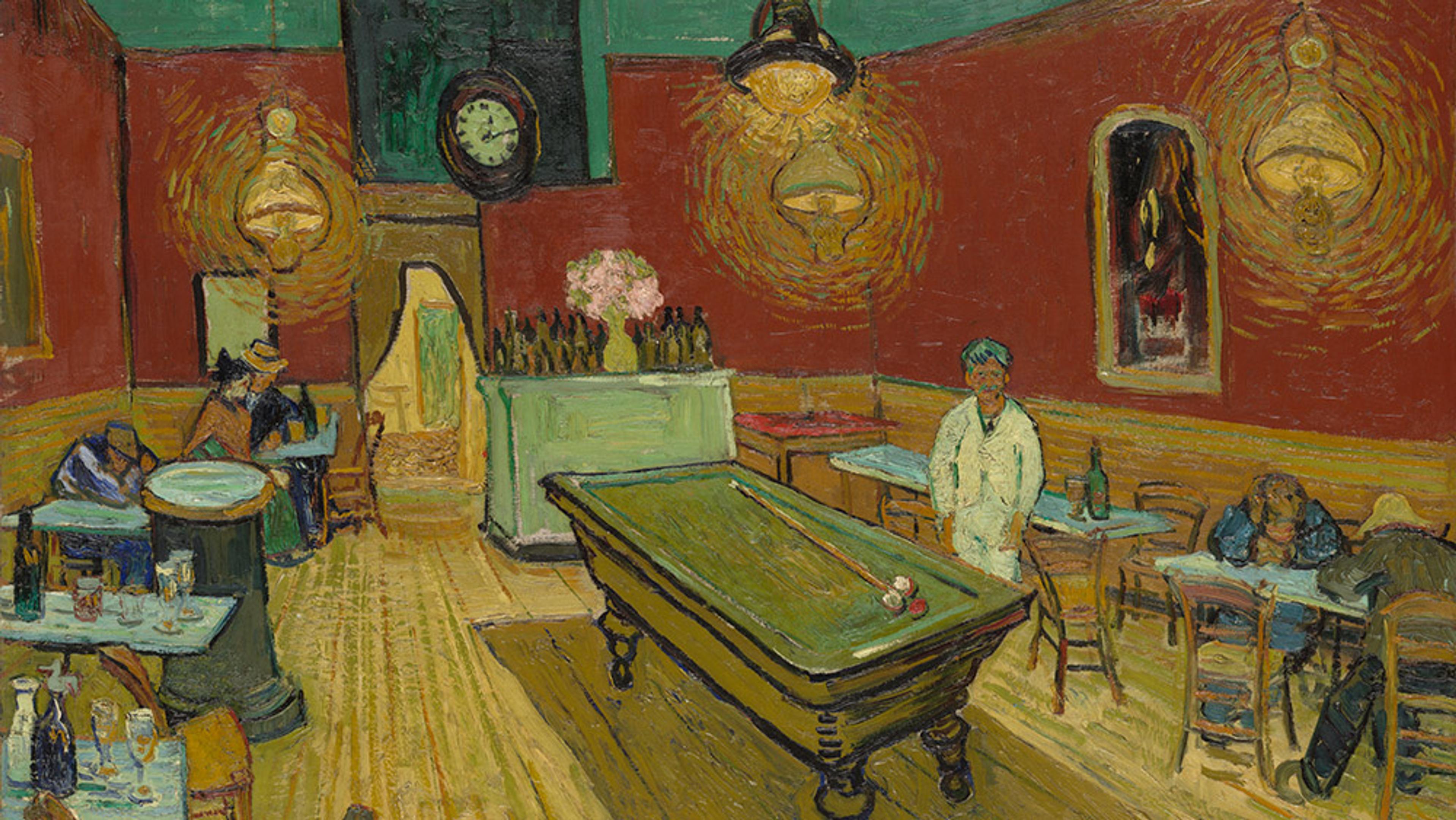
videoArt
Ugly on purpose: the intentionally drab desperation of Van Gogh’s ‘The Night Café’
7 minutes
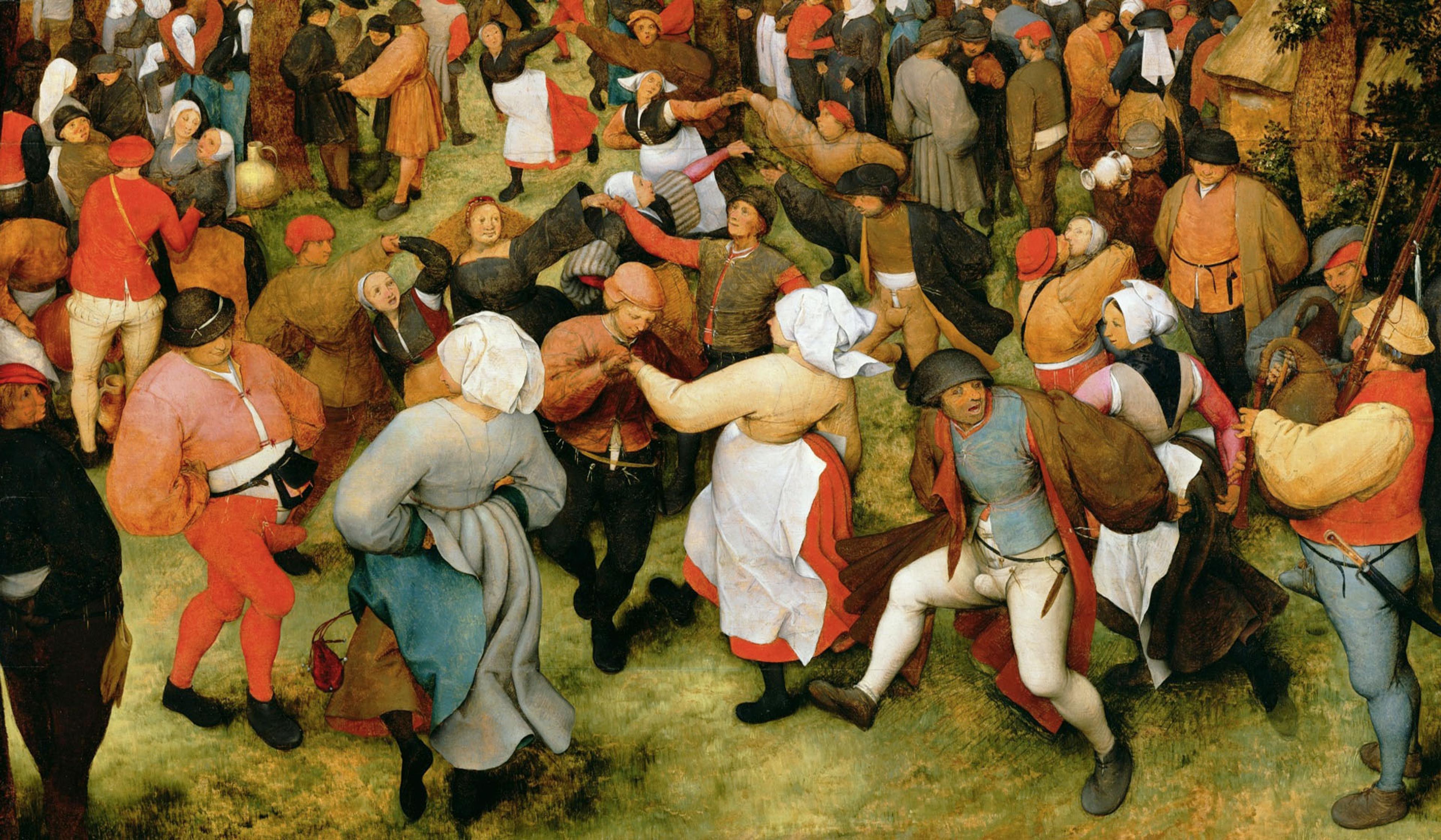
videoArt
Why European artists shifted their focus from power to peasants in the 16th century
5 minutes
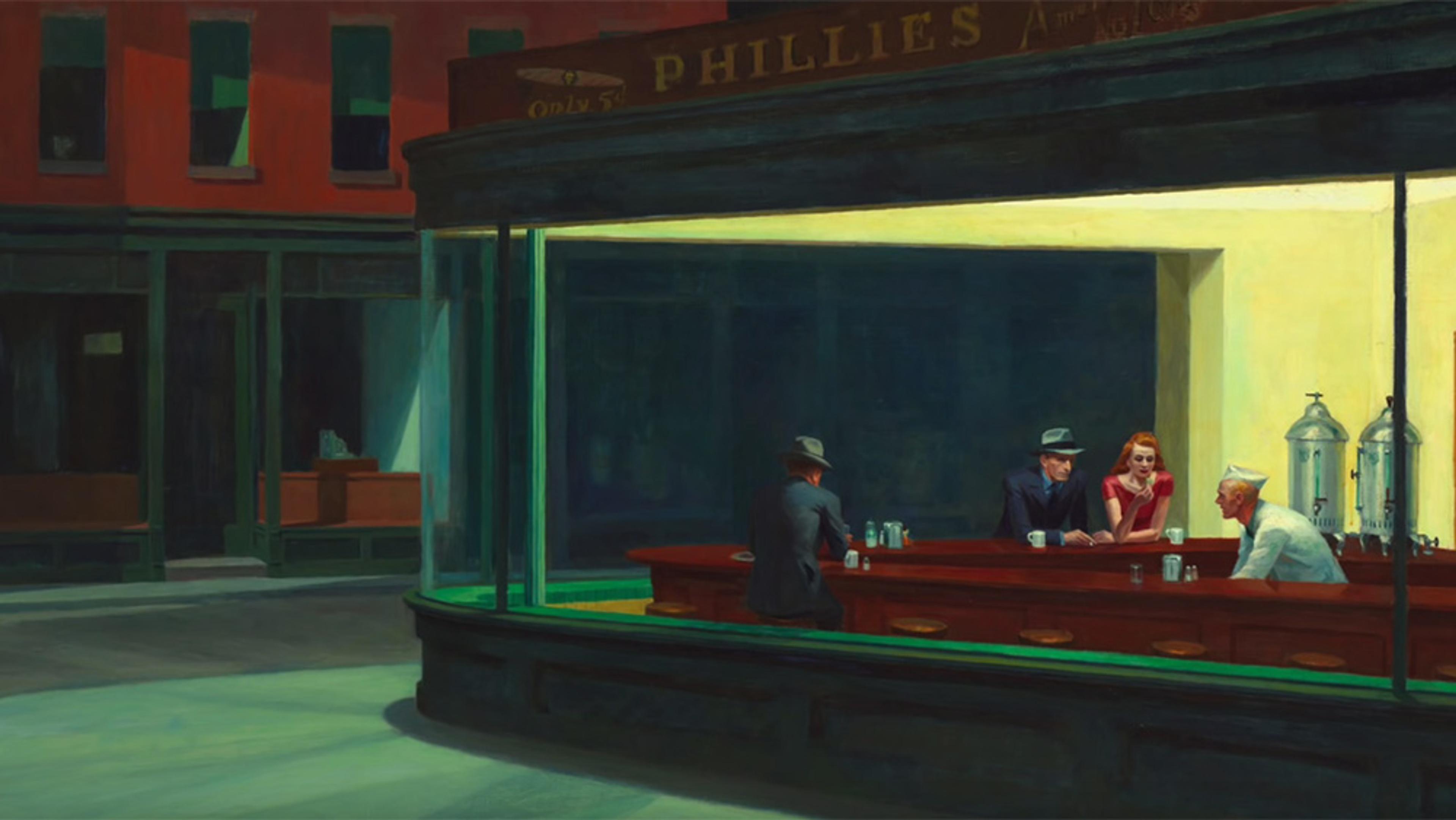
videoArt
The flickering ray of hope in the stark loneliness of Edward Hopper’s Nighthawks
8 minutes

videoHistory of science
Insect aesthetics – long viewed as pests, in the 16th century bugs became beautiful
8 minutes

videoArt
Why Diego Velázquez needed a lifetime to paint his enigmatic masterpiece
31 minutes
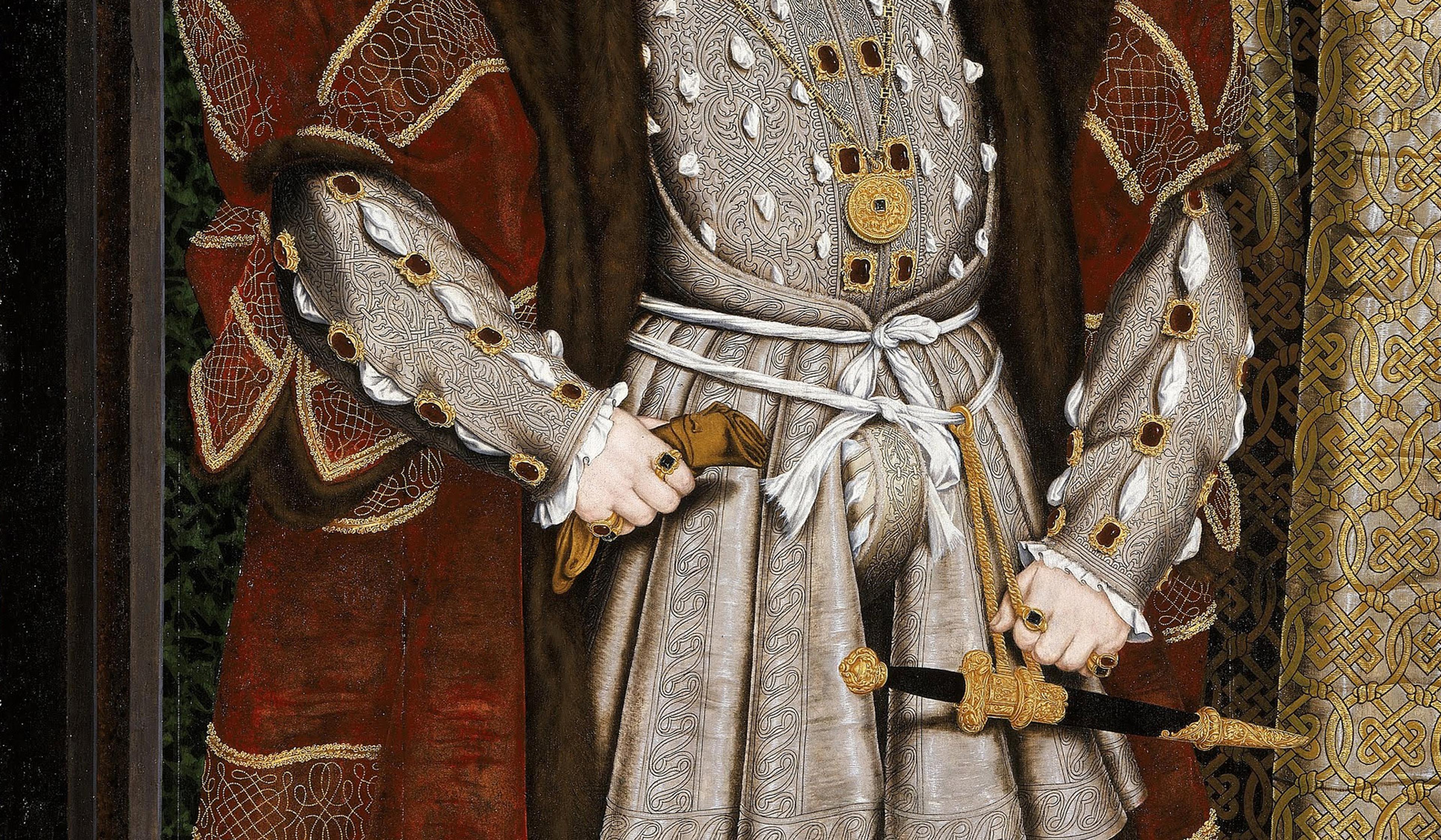
videoArt
Why a forcefully phallic portrait of Henry VIII is a masterful work of propaganda
6 minutes
